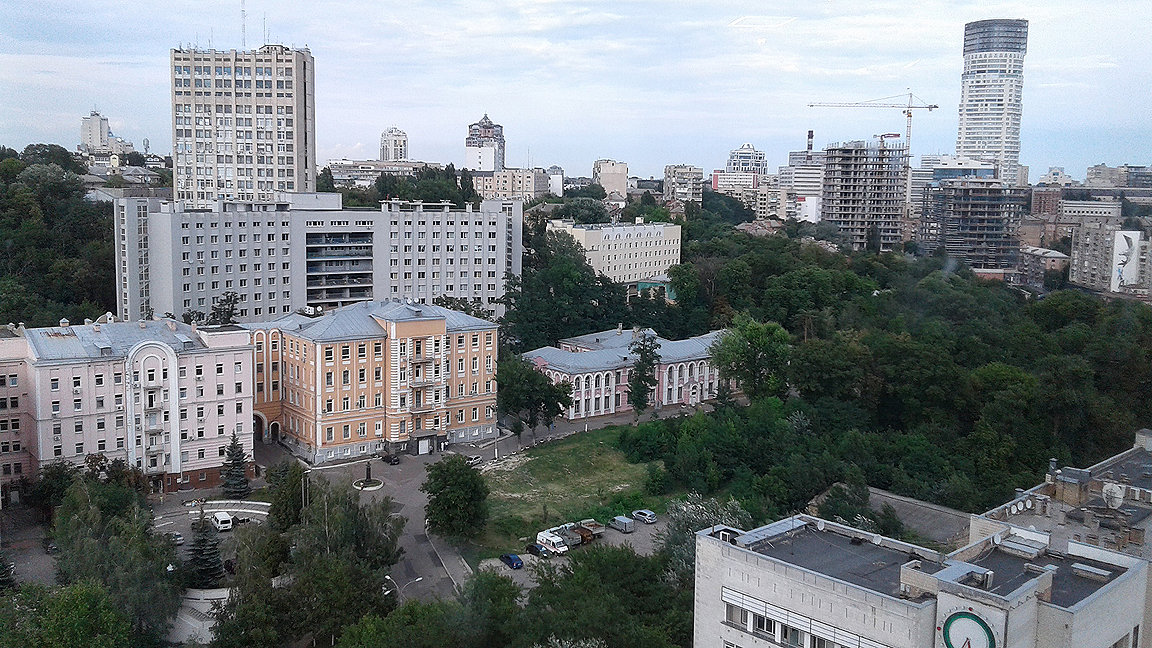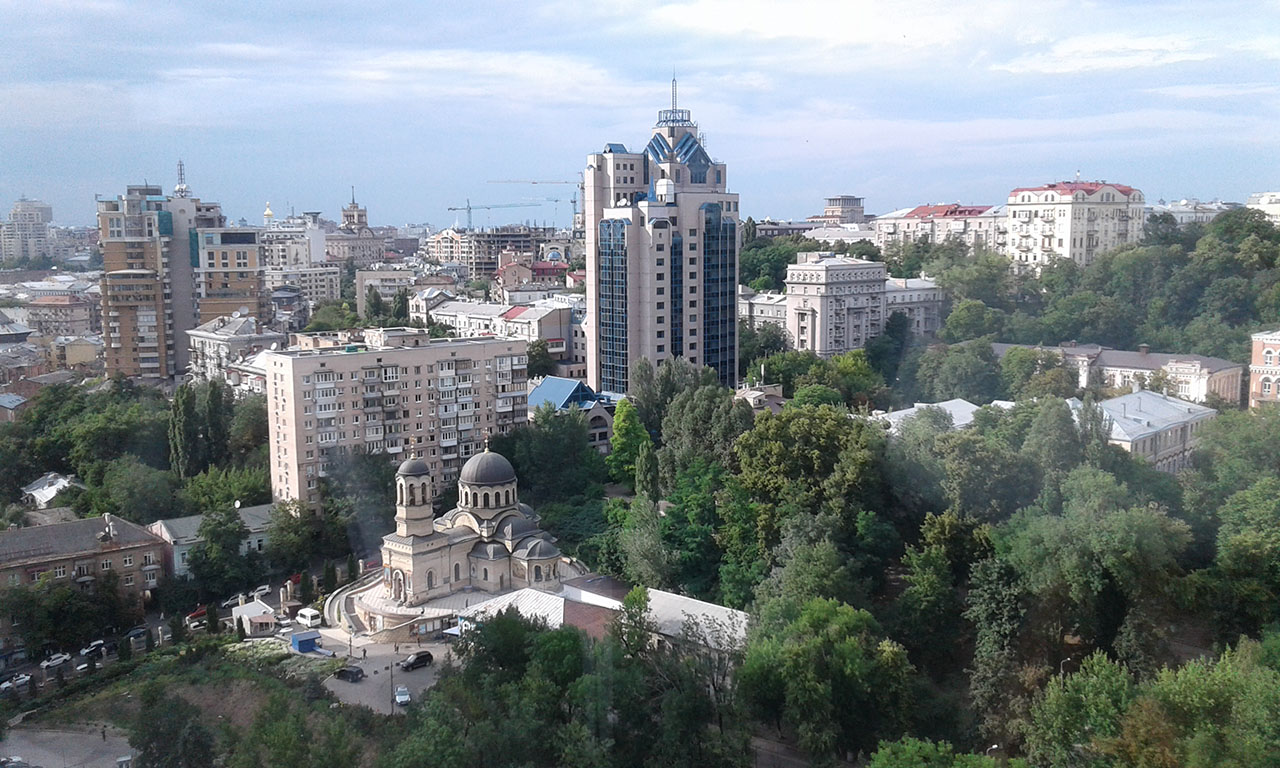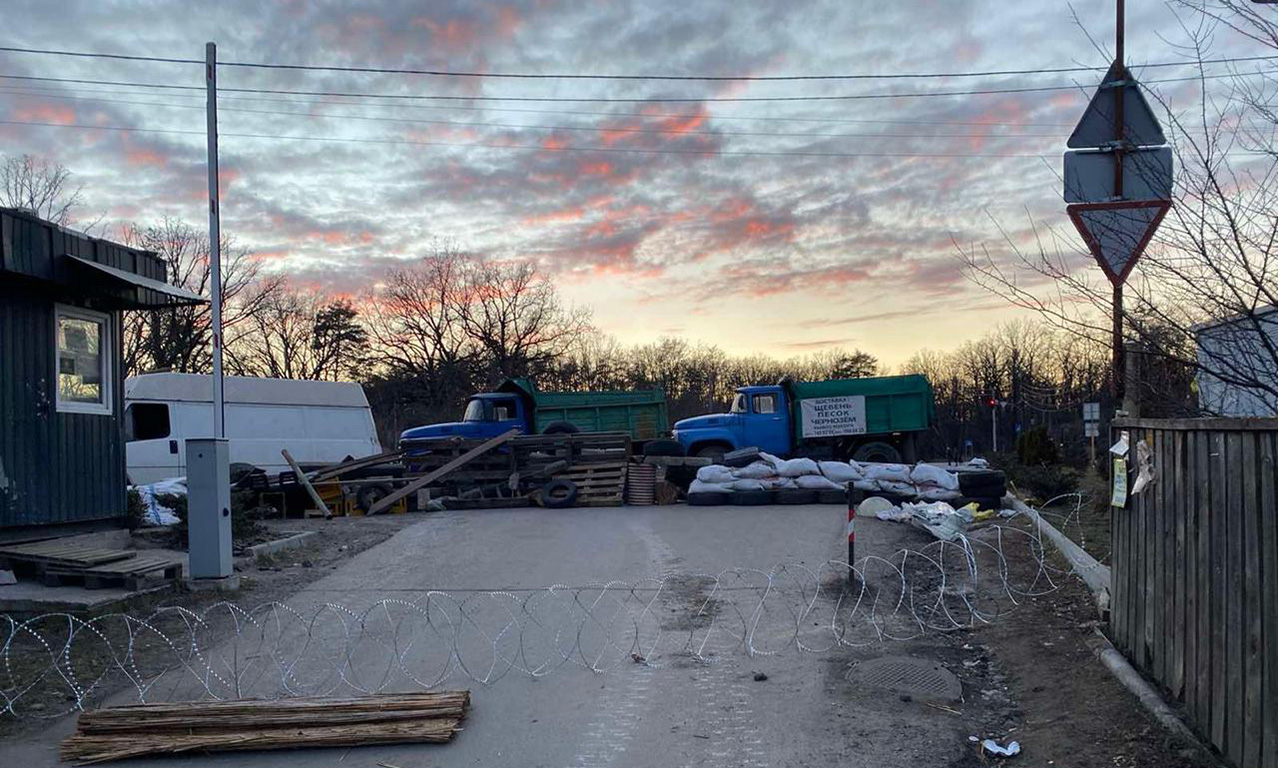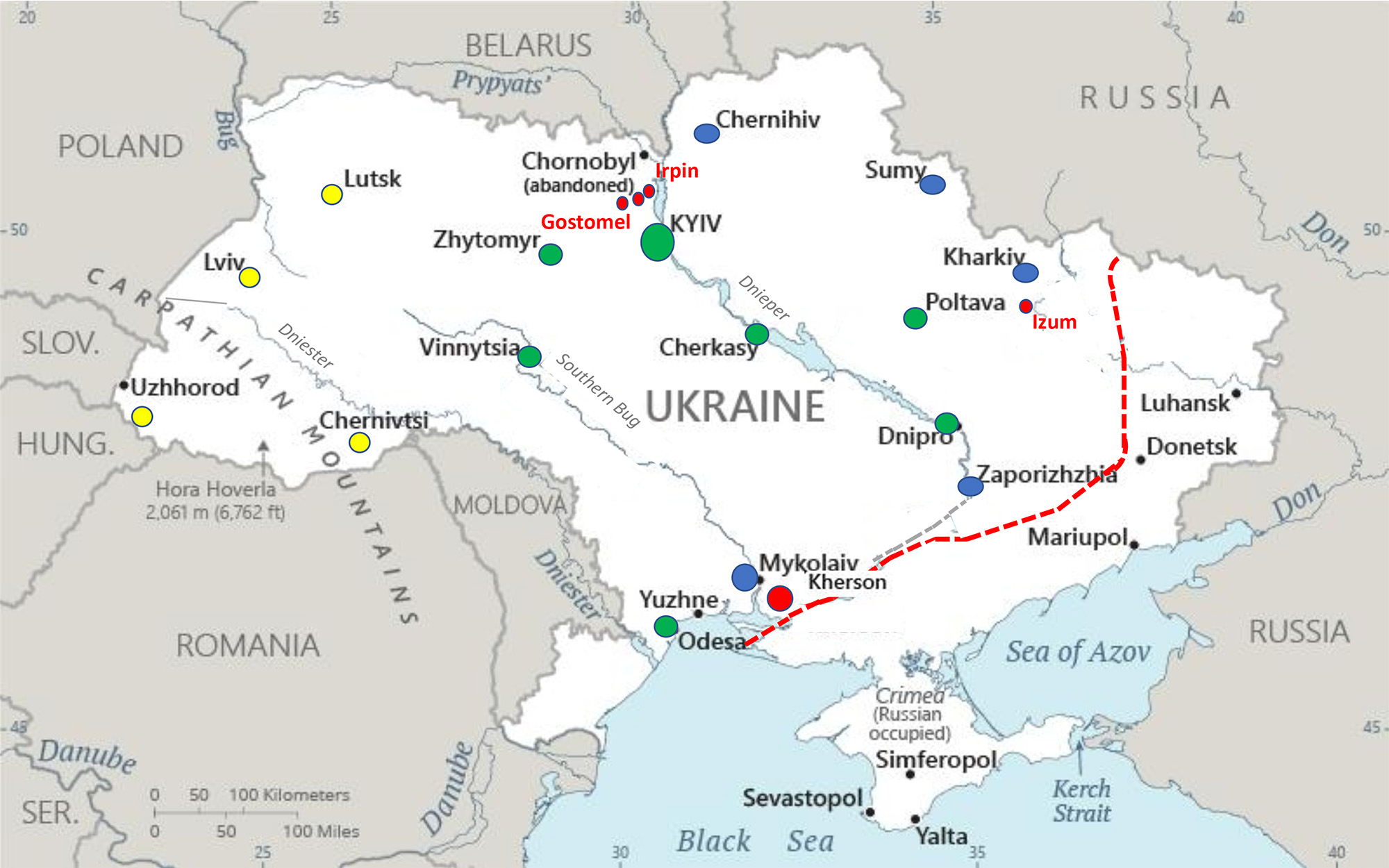
Russia's full-scale invasion of Ukraine two years ago has had far-reaching consequences for the latter's economy and real-estate market.
A vast number of real estate assets have been damaged and destroyed and almost 5m citizens have been internally displaced and left homeless, while another 6m have emigrated abroad with no certainty of returning.
Yet the economy continues to operate, and the process of restoring and replacing damaged and destroyed real estate is already under way.
Unit sales rose significantly from 2017 through 2021, before declining just as significantly in 2022 as a result of the invasion.
During 2022, total sales declined to 355,100 units – less than 40% of the 915,200 units for 2021, according to the Ukrainian Ministry of Justice.
Although Russia started the war in 2014 when the Crimean Peninsula was annexed and Donbass was occupied, Ukrainians refer to the invasion of February 2022 as the 'big war'.
Since then, territories in the north, east and south-east of Ukraine have become combat zones, resulting in migration from these areas to the EU and other countries, as well as internal migration to the central and western regions of Ukraine. Out of a total population of 40m, around 10m have left Ukraine and 5m have been internally displaced in the past ten years.
For the last two years, all civilian airports have been closed and passenger and cargo traffic has moved to road and rail transport over the western borders with Poland, Slovakia, Hungary, Moldova and Romania.
The increased flow of freight by road across these borders has led to greater demand for fuel stations and railway service facilities, as well as the construction of dry warehouses for grain exports.
By contrast, warehouses for imported goods near airports and the Black Sea remain almost empty. The opening of a Black Sea grain corridor and temporary routes have increased the demand for export warehouses in the Odesa region, though.
Perhaps most significantly, Ukraine lost almost 35% of its territory in the invasion and when this territory was partially liberated, almost all forms of property there had been damaged or destroyed, often by the retreating invaders. Some cities, such as Severodonetsk and Bakhmut, do not have a single undamaged building left.
As of January 2024, there are 1.328m damaged properties totalling 131.9m2 of floorspace, of which 2.8m2 has been destroyed and a similar amount damaged.
The value of damages need to be assessed according to the International Valuation Standards and RICS Valuation – Global standards (Red Book Global Standards), which to date they have not been.

Photo of Kyiv in 2023 © Ludmila Simonova

Photo of roadblock in Kyiv in 2023 © Ludmila Simonova
When buying or renting residential real estate in Ukraine, the following factors are now important:
The way location affects value is clearly demonstrated in Table 1.
Table 1: Sales and rent prices in different parts of Ukraine
At present, capitalisation rates for housing in Kyiv range from 5% to 6%, although before the full scale invasion the range was 10% to 12%.
This decline is due to the following factors:

A map of Ukraine. The frontier of the war is marked with a red dotted line. Liberated cities are marked with red circles. Those cities closest to the frontier line are marked in blue, cities in central Ukraine in green and those near the western border in yellow. © Ludmila Simonova
Ukraine's office sector continues to stagnate. Employees prefer remote work because they want to be close to their families, especially during an air raid alert.
In the frontline regions, rents have declined to the cost of utilities, where tenants pay bills but no rent.
In the central regions, vacancies have reached 50% and rental prices fell to around $10 per m2 per month for class A buildings, i.e. modern premises that offer top-notch amenities and facilities, along with advanced infrastructure and a central location. There are very few contracts for sale.
The retail sector has experienced reduced consumer demand for food and other products. Retail rental prices have also decreased, not only in eastern but also central Ukraine. For example, retail lease agreements in Kyiv currently do not exceed $15–$17 per m2 per month.
Demand for hotel real estate in the western regions has increased significantly because of the large number of internally displaced people. In Kyiv, five-star hotels are also in demand from foreign journalists, diplomatic delegations and international volunteer organisations.
Meanwhile, as of June 2022, the Kyiv district (oblast) had suffered the destruction of about 382,000m2 of various types of logistics and warehouse space.
Despite rents for remaining space having declined in Kyiv and Kyiv oblast as tenants continue to move their businesses closer to the western border, demand has also continued to decline significantly in the central regions.
By contrast, prices for manufacturing and warehouses in western Ukraine have increased significantly, particularly in Lviv and Lviv oblast, where sales prices have increased to a range of $1,000–$1,200 per m2.
The Russian invasion of Ukraine has inevitably had a devasting effect on the real-estate market. But after absorbing the initial shock of the war without collapsing, markets are gradually recovering and adapting. Although the number of transactions is still much lower than before the invasion, markets continue to function.
Ludmila Simonova is president of Thomas and Simonova
Contact Ludmila: Email
Related competencies include: Leasing and letting, Valuation
PROPERTY JOURNAL
Joshim Uddin MRICS and Nicole Setterfield 03 May 2024
PROPERTY JOURNAL
Vicky-Jayne Lee MRICS 19 April 2024